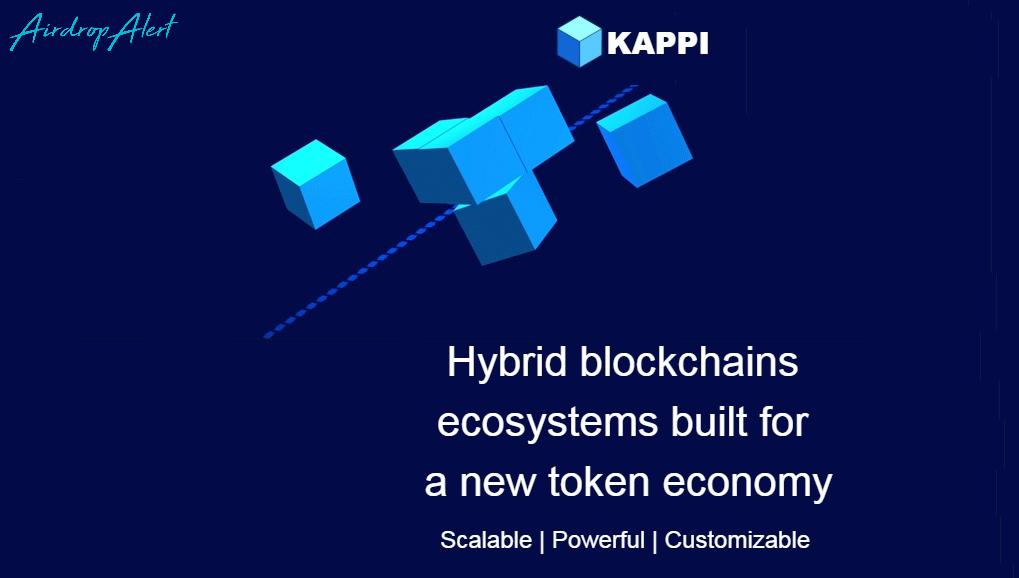
The Ethereum Beacon chain is one of the few Ethereum improvement options. Thus, there is evidence of a chain of work. The process requires tons of computing power. Proof of work gives more rewards to people with better equipment and connectivity. This means that the higher your hash rate, the more likely it is to be the first to solve the puzzle. Thus, the concept of proof of work is really wasteful, because only one miner receives a reward, and all the work of other miners is lost. To change this, we need to implement a stake proof concept.
Ethereum Lighthouse
The existing concept of the proof of work on the Ethereum blockchain will continue to exist. In parallel with our main blockchain, there is another blockchain. The so-called lighthouse chain. Thus, there are smart contracts that work on the main chain. And within the framework of the main state of the chain, an agreement will be concluded, according to which users will be able to send deposit transactions. So you have a second blockchain, which works with the concept of proof of stake, but still depends on the main chain.

What are the requirements for the beacon circuit?
Thus, you can send your 32 Ether to a deposit agreement along with two other parameters. Thus, the function has 3 parameters. First of all, any transaction that is deposited must contain 32 ethers. You also need a specific pub key and a specific withdrawal address. This way, you will have a pub key for Ethereum, and then you will have another pub key that you use for output.

How does a beacon chain work?
Thus, the chain of the lighthouse will exist in parallel with the chain of Ethereum blocks. Due to the appraisal mechanism, it is likely to have a level much lower than 25 percent. Thus, some evidence of cola blocks has pointers that point to the main chain. Later blocks of the beacon chain indicate later blocks in the main chain. Therefore, there is a hard rule of consensus.
Thus, the reference to the main chain of the child must be either the same or a descendant of the reference to the ancestor's main chain. When you process a later block, it will be part of the agreed rules, which you must also follow.

How does a beacon chain work?
The chain of the lighthouse is located between the main chain and the fragments. It is like connective tissue that provides heartbeat. A smart contract for the current Ethereum blockchain will allow validators to participate in a protocol proving participation in the 32 Ether draw.

Then the chain of beacons generates a random number for a random sampling of validators for the proposal of the block and voting responsibilities. With this random sample, we end the collusion between validators and the impact on the system.
The chain of the Lighthouse of Ethereum is summarized:
1. The chain of Ethereum lighthouses runs parallel to the Ethereum
blockchain.
2. The chain of lighthouses works based on the concept of proof of
stake
3. If you want to participate in the rate check protocol, you need 32
Ether, a pub key and a withdrawal address.
4. In the proof of stake blocks there are pointers that indicate the
main chain
5. The one who made the deposit earlier adds itself to the waiting
set of the validator, which is stored in a later block.
Further information:
Website: https://ethereum-beacon.com/
Whitepaper: https://ethereum-beacon.com/whitepaper.pdf
Facebook: https://www.facebook.com/Ethereum-Beacon-2350175261898732/
Twitter: https://twitter.com/BeaconEthereum
Telegram: https://t.me/EthereumBeacon
My profil: https://bitcointalk.org/index.php?action=profile;u=2071847

Tidak ada komentar:
Posting Komentar